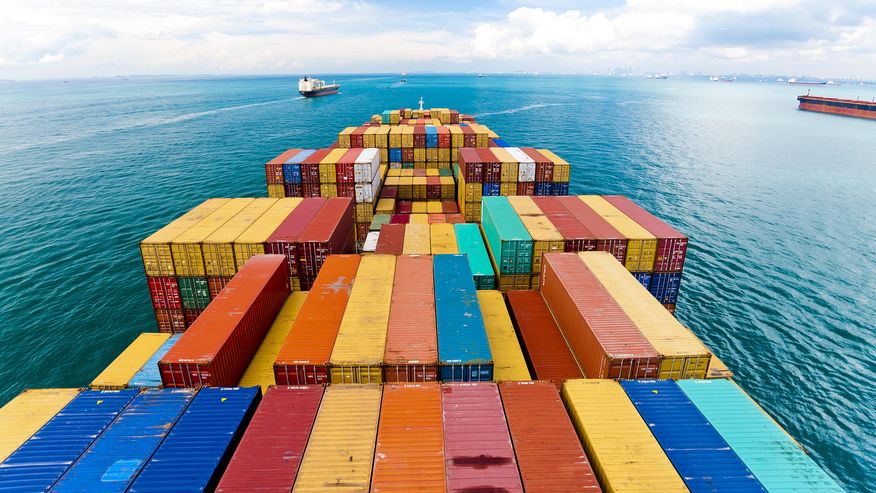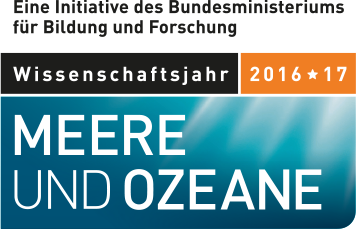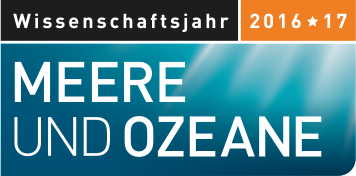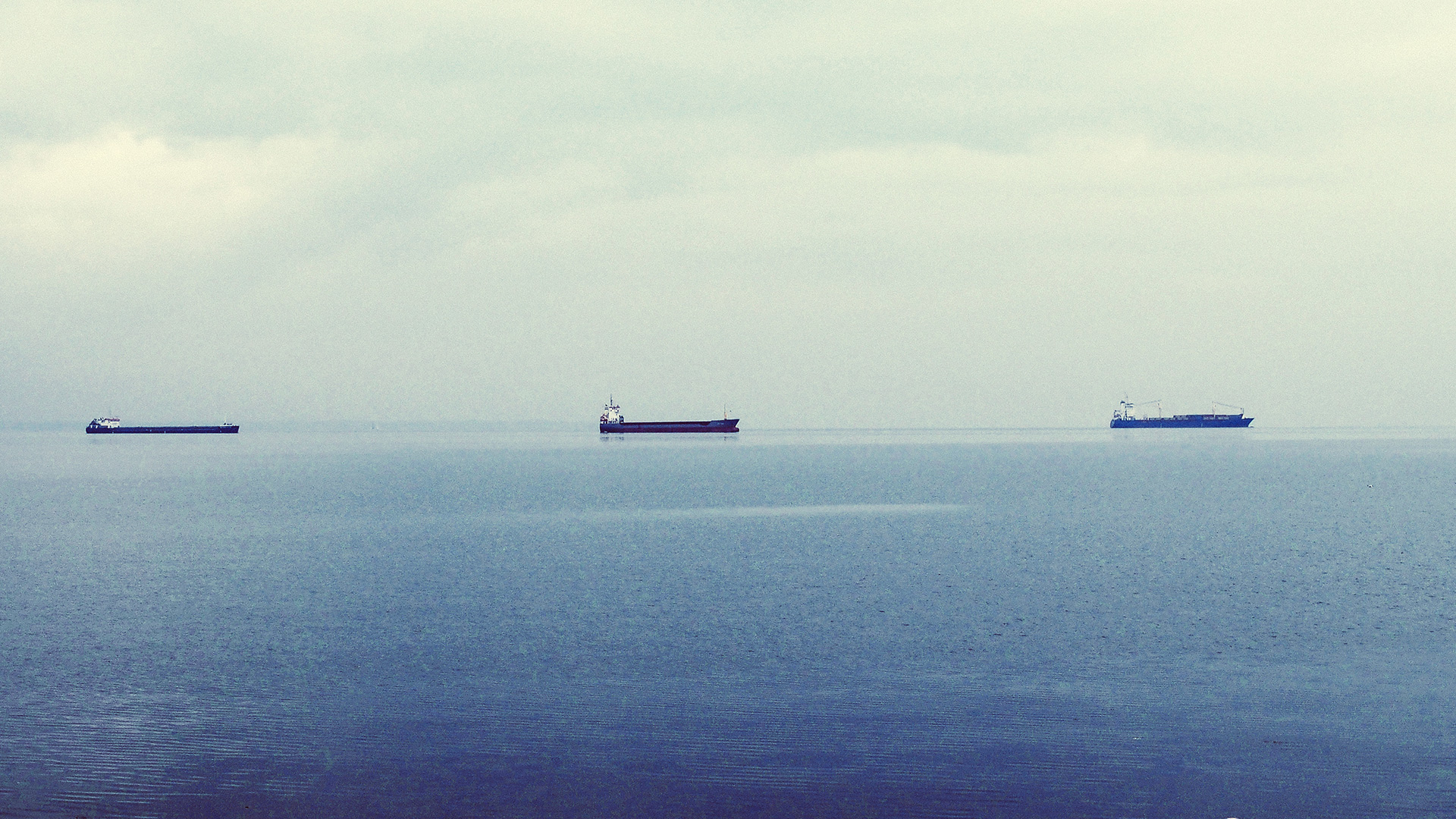Transport and trade route
The fuel for our cars, the clothes in our wardrobes, the bananas we have for breakfast – huge freighters are transporting all of these goods across the ocean to Europe where they are unloaded and distributed further, primarily at the big ports of Hamburg or Rotterdam. As a transport and trade route, the ocean plays a key role in supplying people around the world with consumer goods.

Seafarers like Christopher Columbus, Vasco da Gama and Ferdinand Magellan explored the seven seas in the 15th and 16th century. Today, it is mostly vessels owned by big shipping lines which are transporting goods around the globe along the old routes of the explorers and new routes.
A quicker route from the coasts of Asia to Rotterdam
When will we have reached the limits to growth? The world's biggest ocean-going container ships can already load more than 200,000 tons of freight. Ports like Rotterdam can accommodate freighters with a draught of up to 24 metres. The melting of the Arctic sea ice is now opening up new and shorter routes. In August 2013, a container ship from China was the first freighter to reach Rotterdam through the Northeast Passage, travelling along Russia's northern coastline – a route which is both quicker and shorter than the traditional route through the Suez Canal (distance: 14,000 compared to 21,000 kilometres, travelling time: 35 compared to 48 days).
The increase in global trade is also confronting marine research with new questions: How do whales, polar bears and seals react to the noise of ship traffic? How do the pollutants emitted by gigantic freighters impact upon the Earth's atmosphere and what will be the propulsion systems of the future? We still lack sound evidence to answer these and many other questions although industry and research are already cooperating closely. Scientists are mounting measuring instruments on tankers, freighters and passenger ships. Once at sea, these instruments collect important data for research – on the weather, marine currents and the ocean's ability to absorb carbon dioxide.
Plants and animals settling in new marine environments
Shipping also has an impact on marine biology: Various animal and plant species are carried, unnoticed, in the ballast tanks of ships from their natural homes to new locations. These so-called invasive species can affect biodiversity around the world. But what are the consequences?
Alien species of crustaceans, insects, isopoda, fish and algae have also been found in German waters. They can have a substantial impact upon biological diversity. One example is the introduction of the round goby, a fish species native to the Black Sea (maximum length: 25 centimetres). These freshwater fish were first detected in the Bay of Gdańsk in 1990 and have since spread to the Rivers Oder and Rhine as well as the North Sea. Round gobies feed on the eggs of other fish and some native species are now at risk of extermination.


